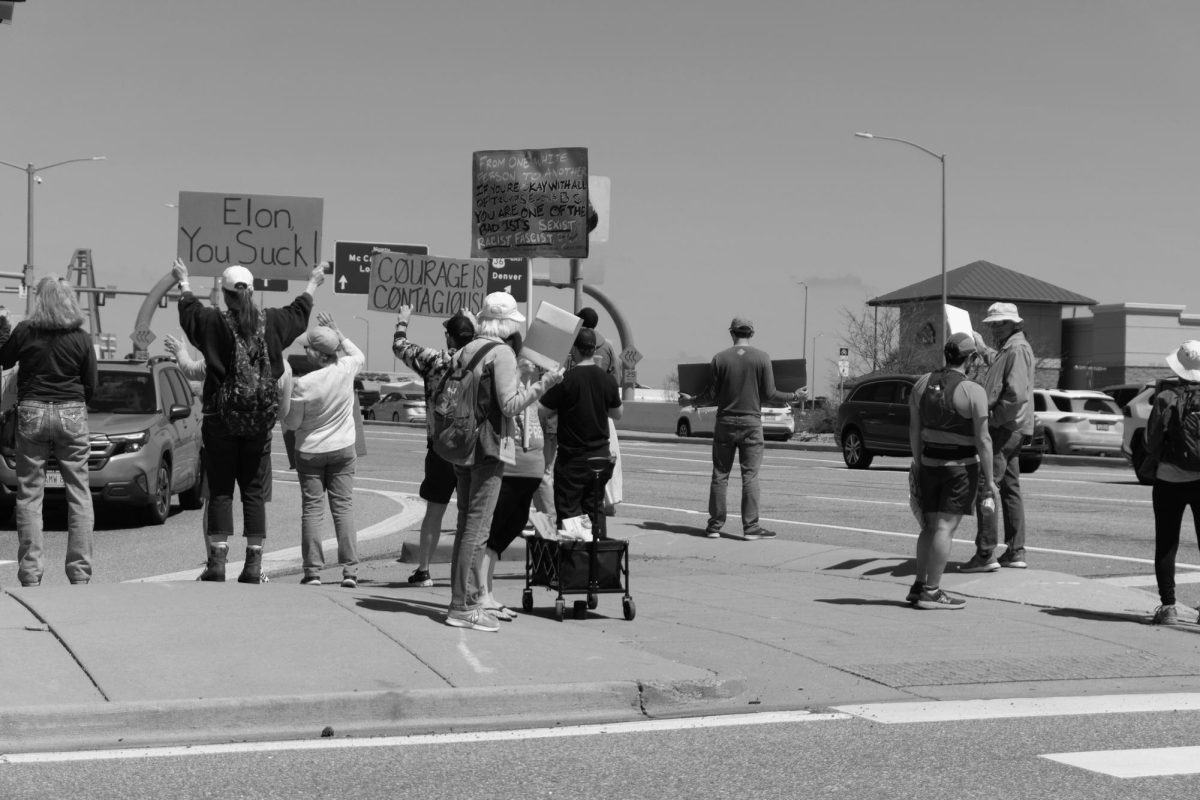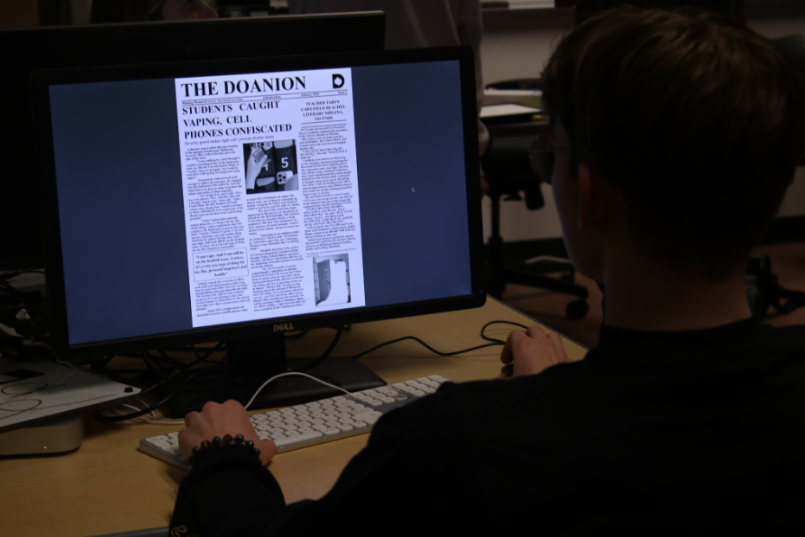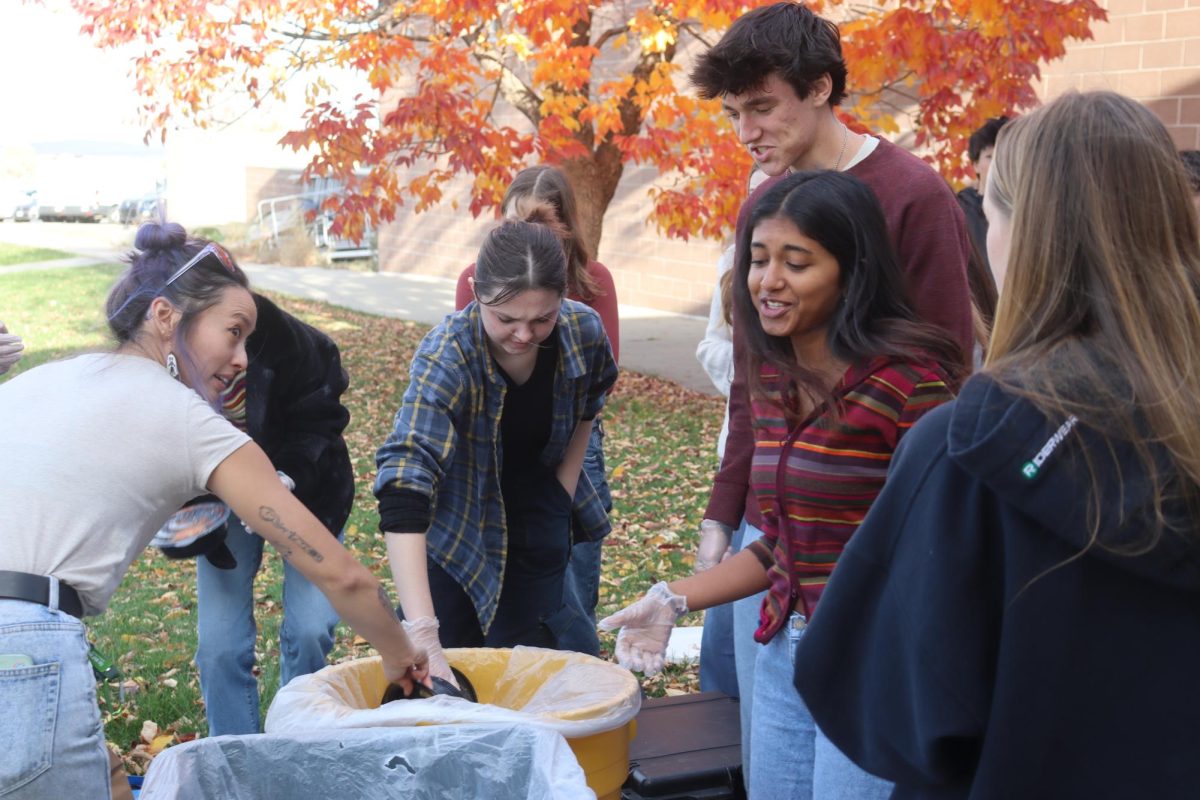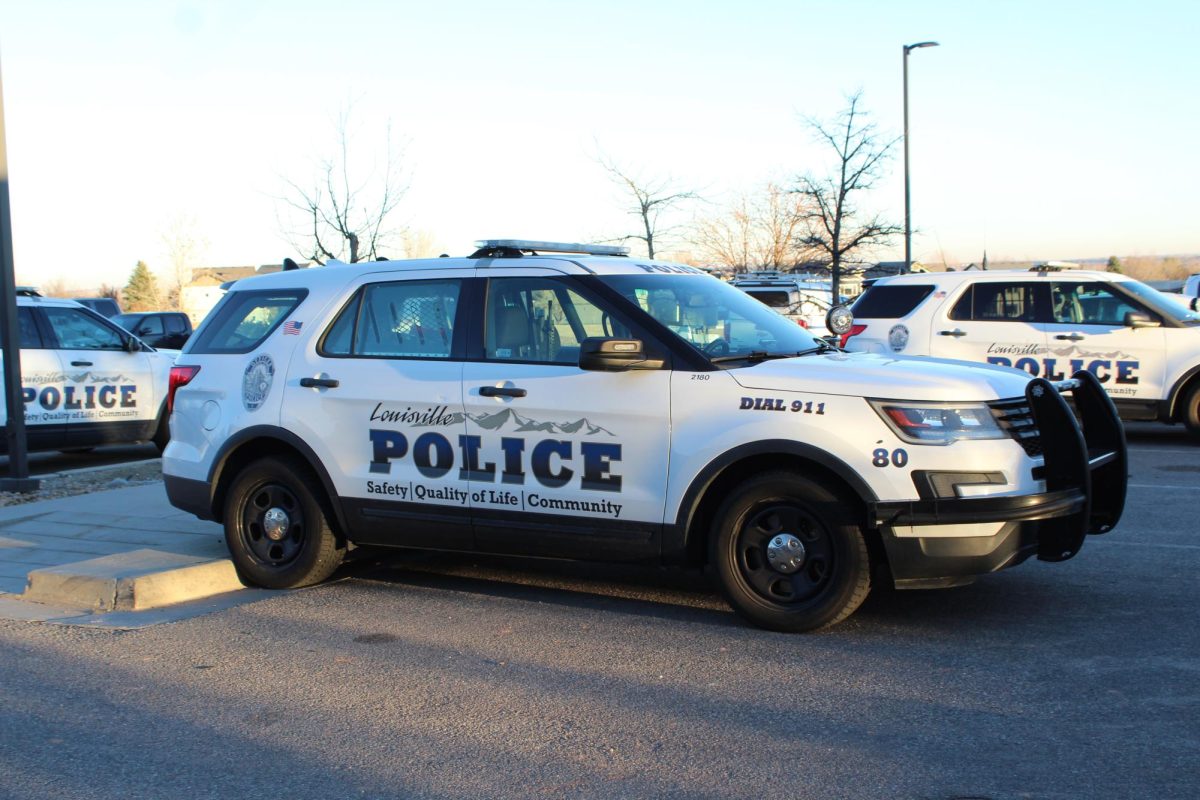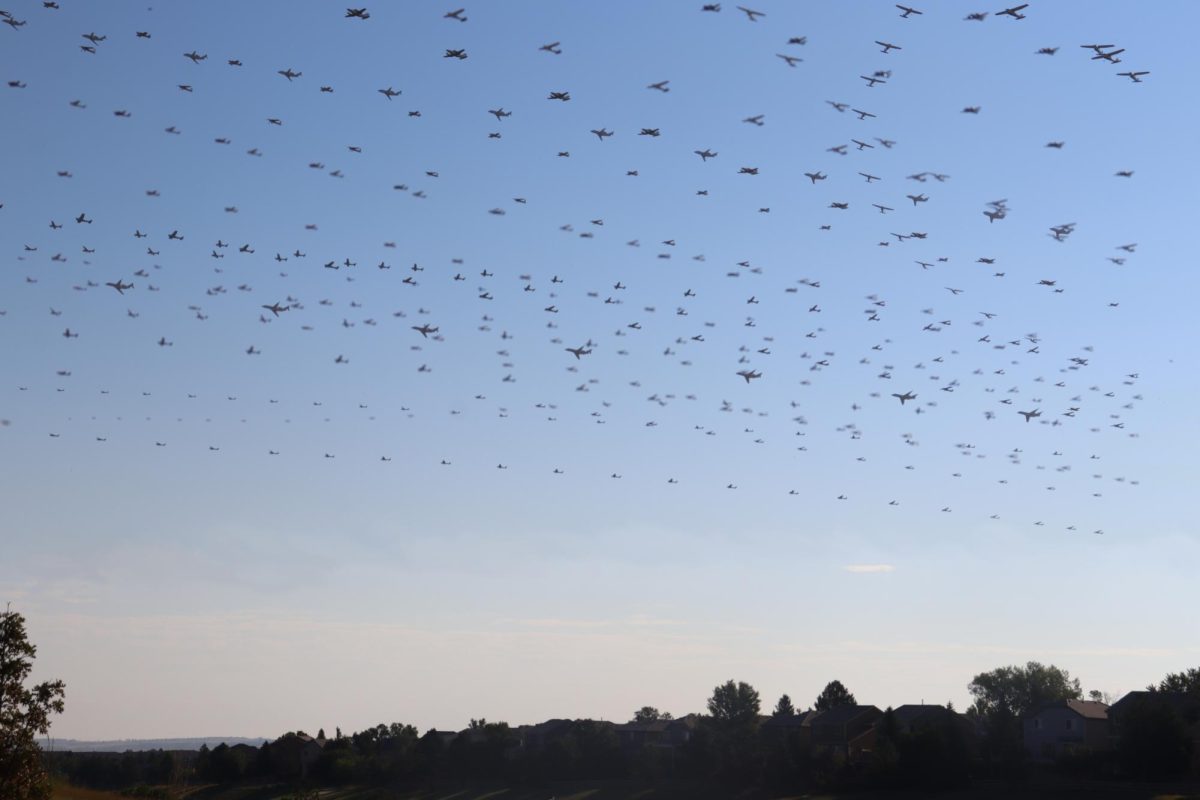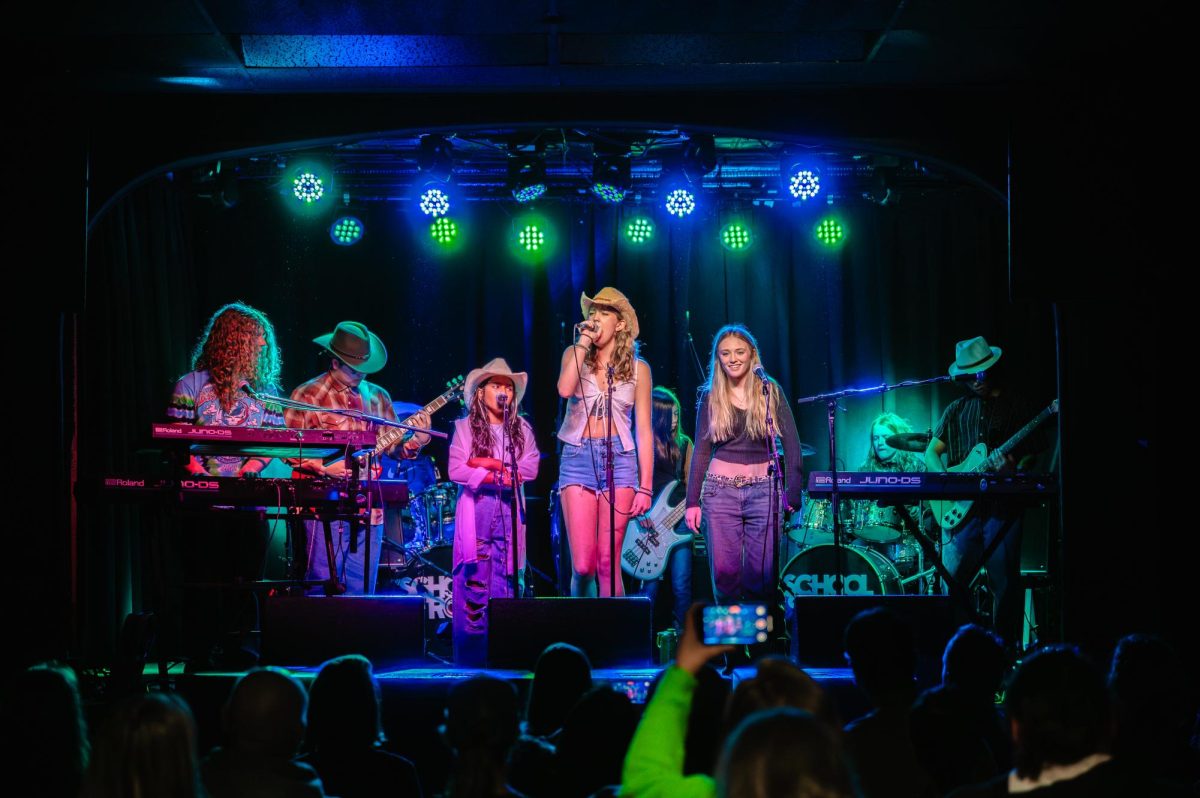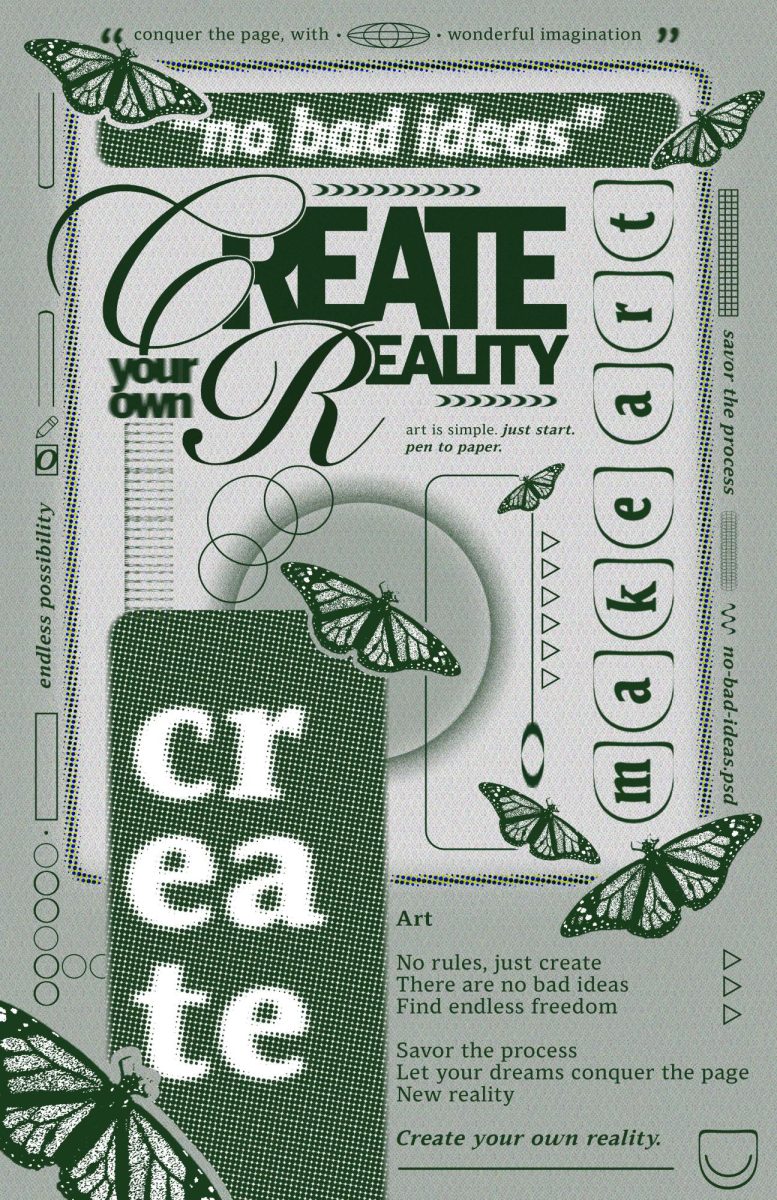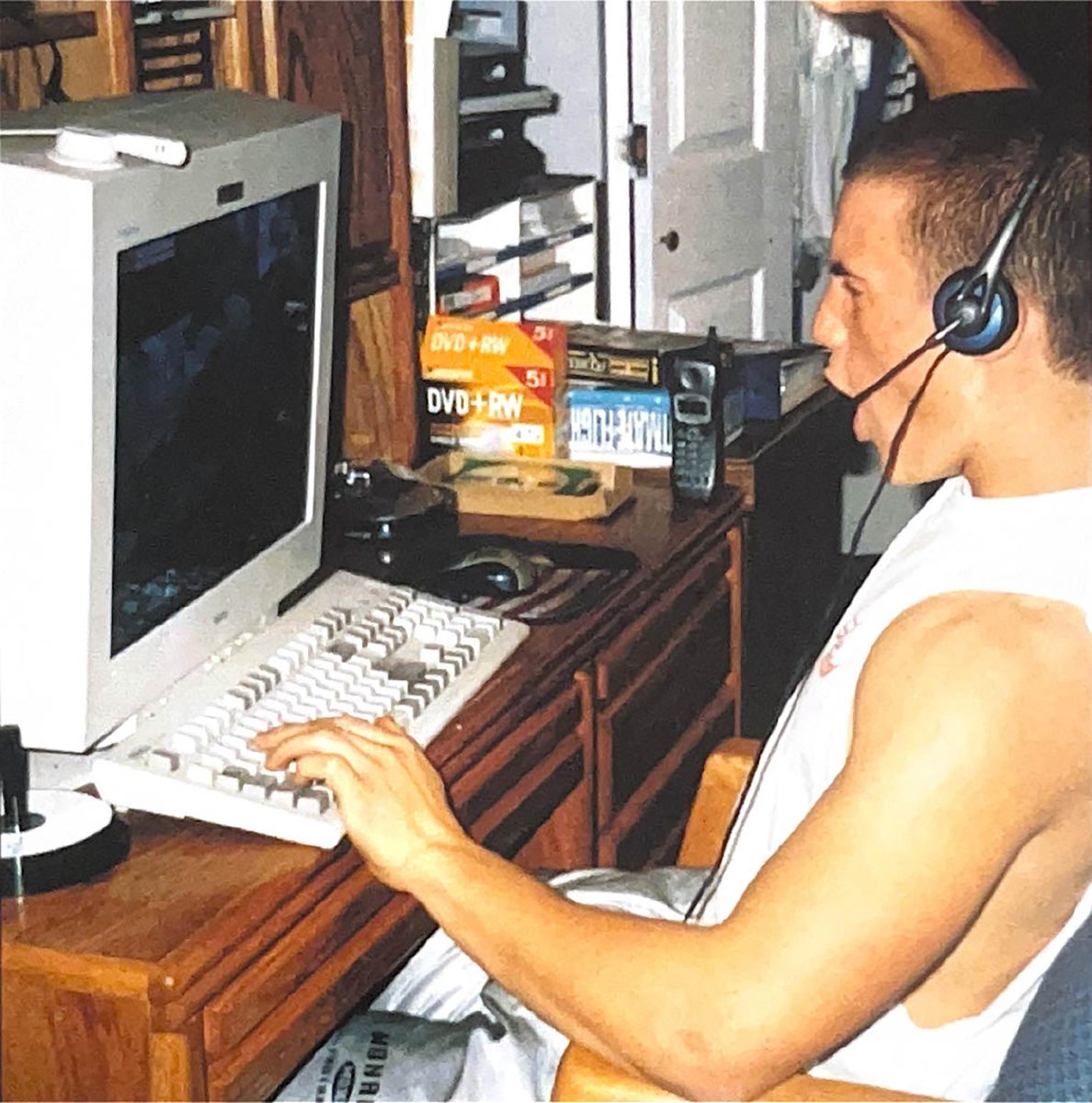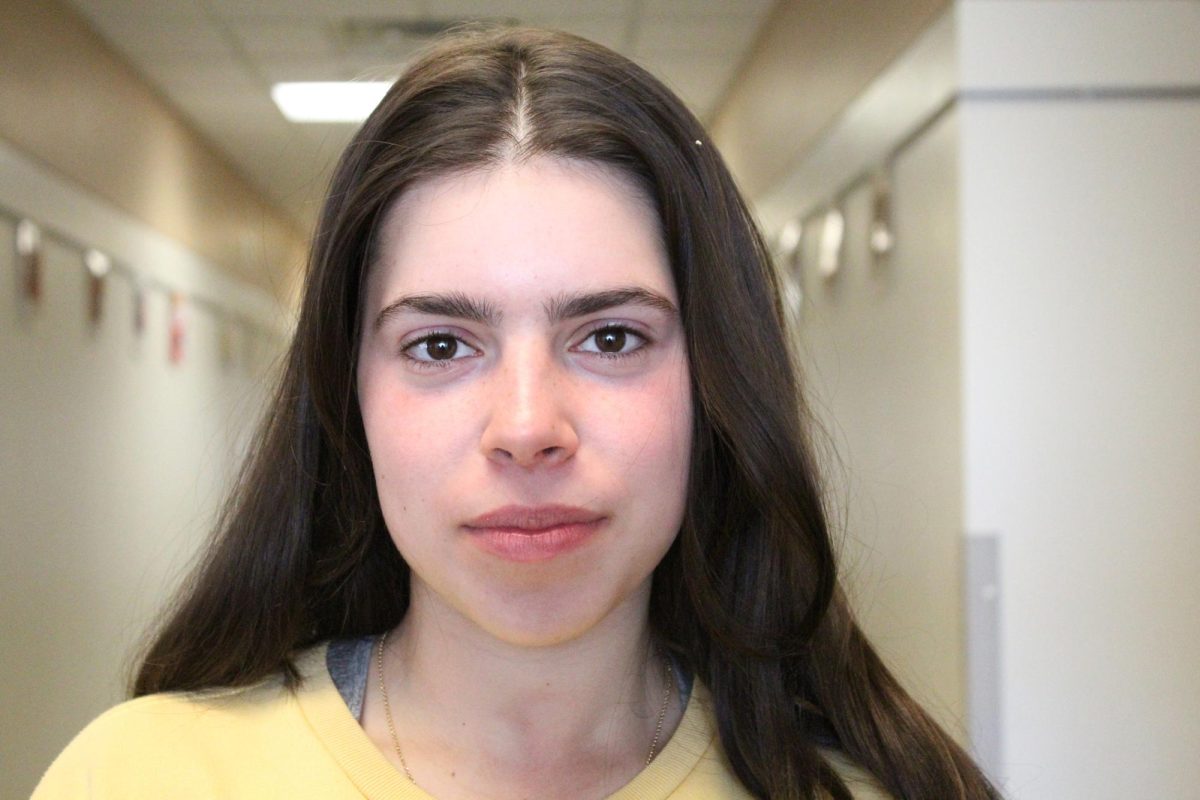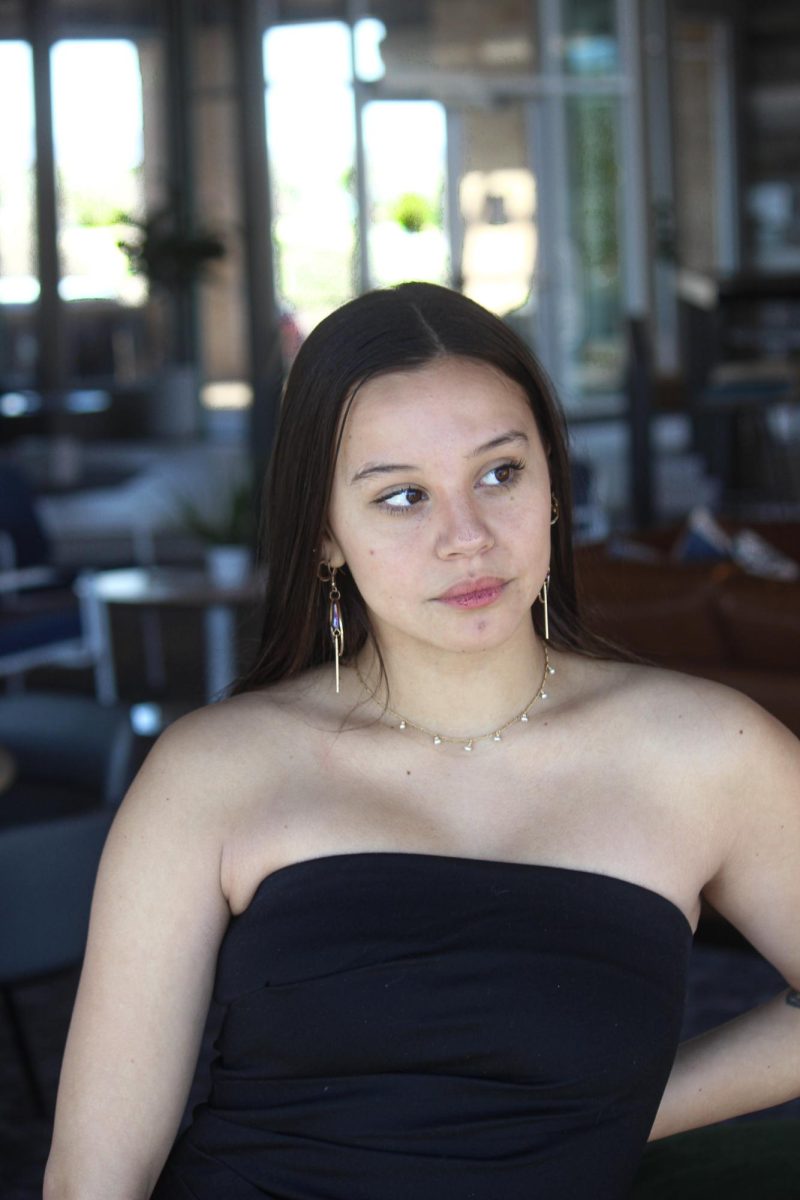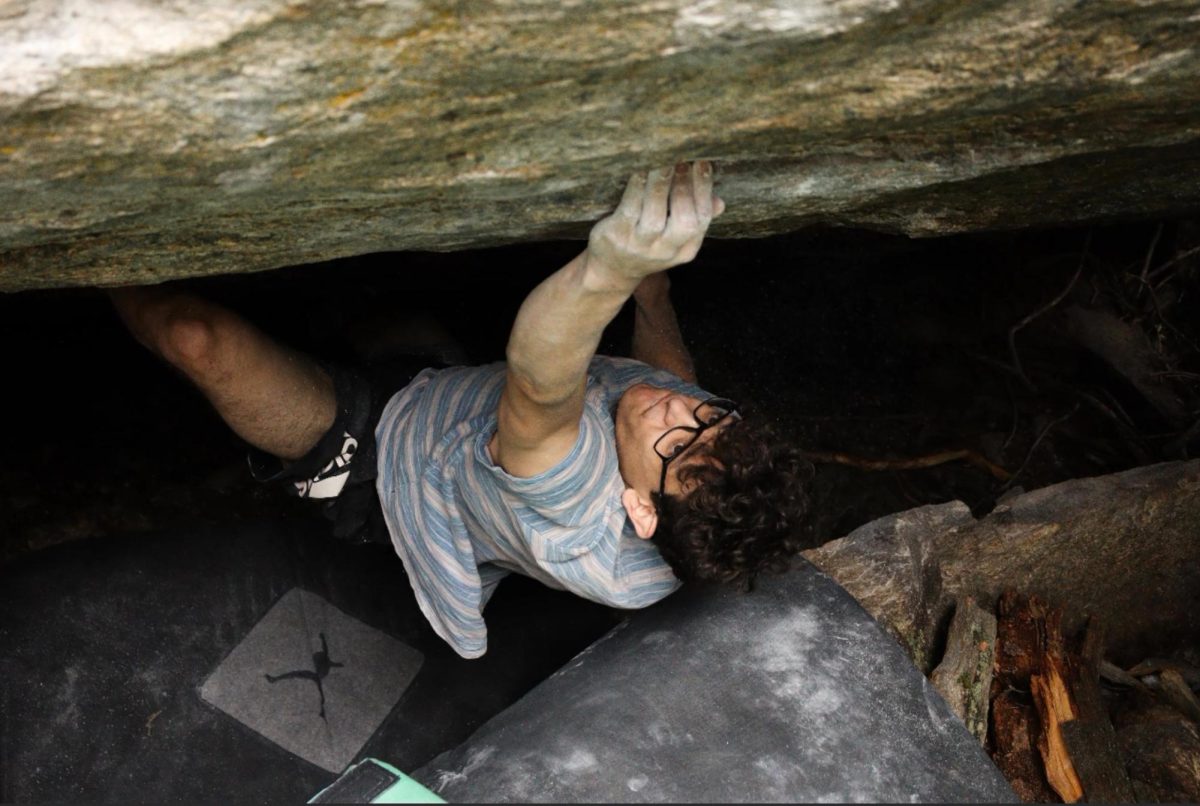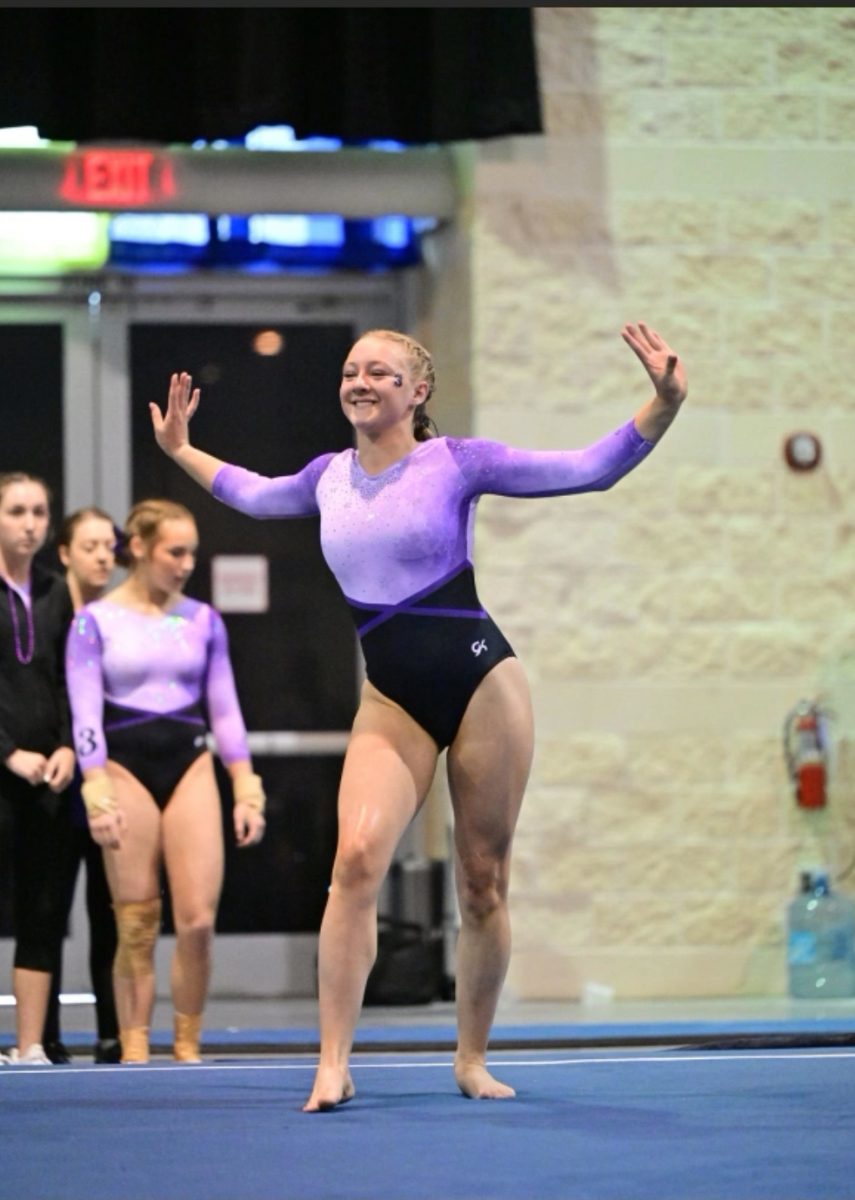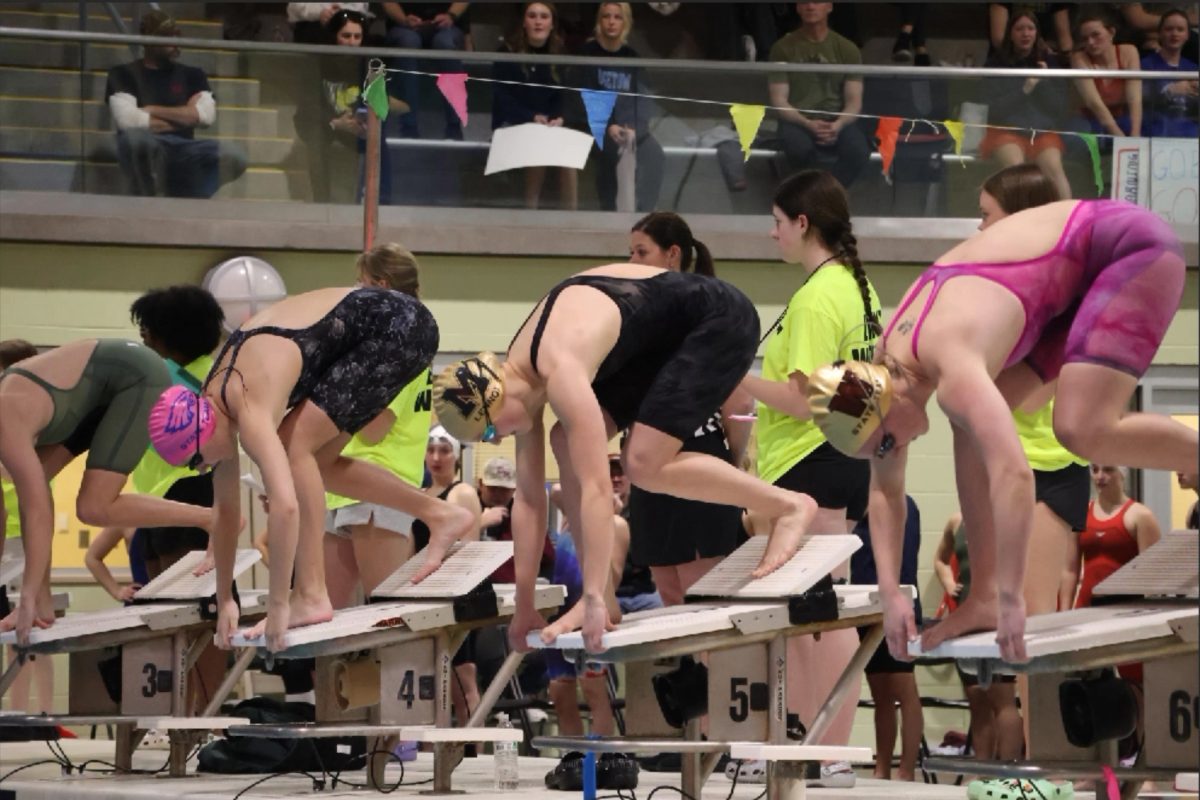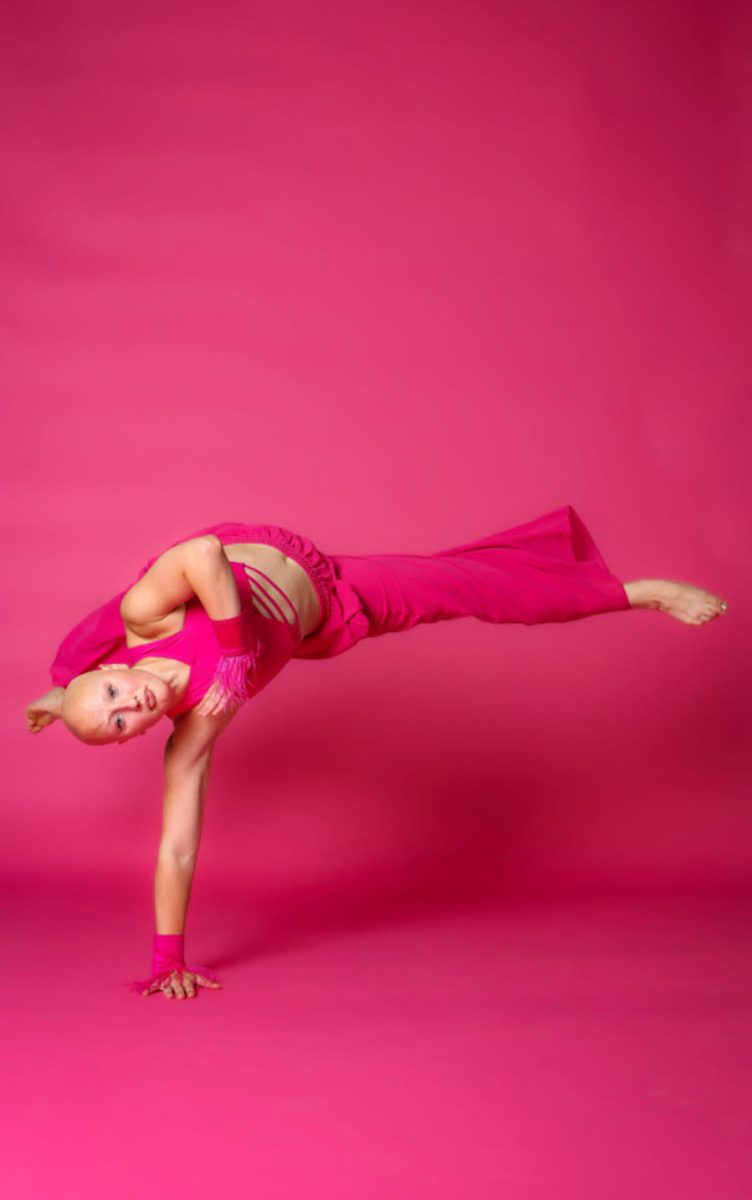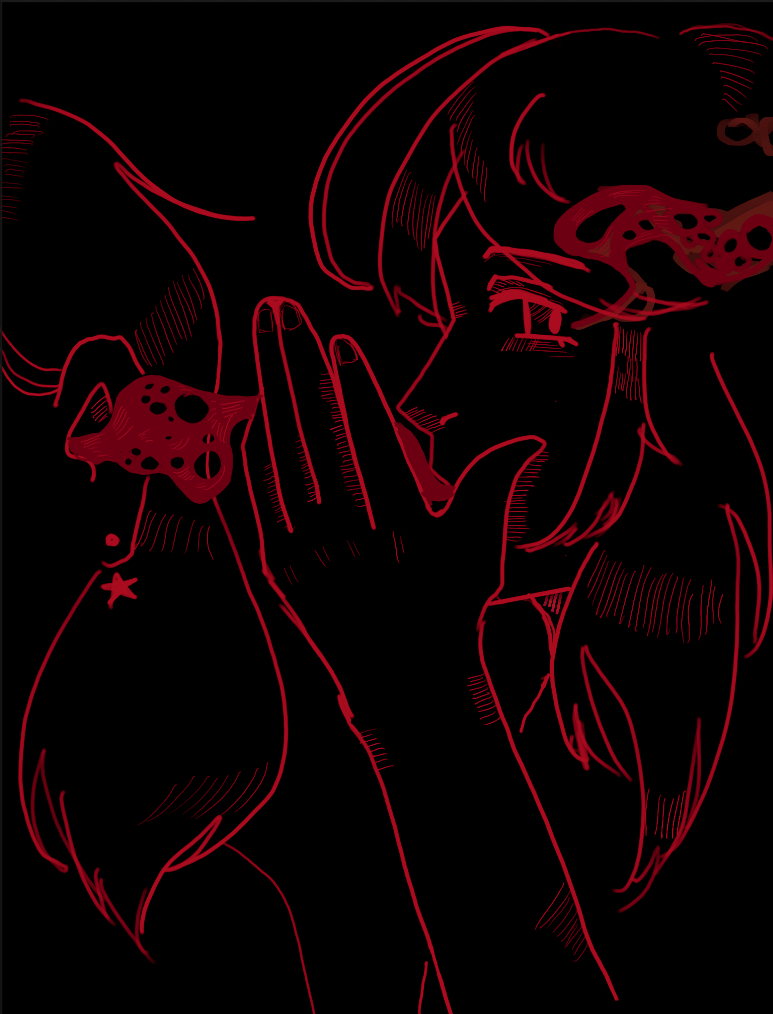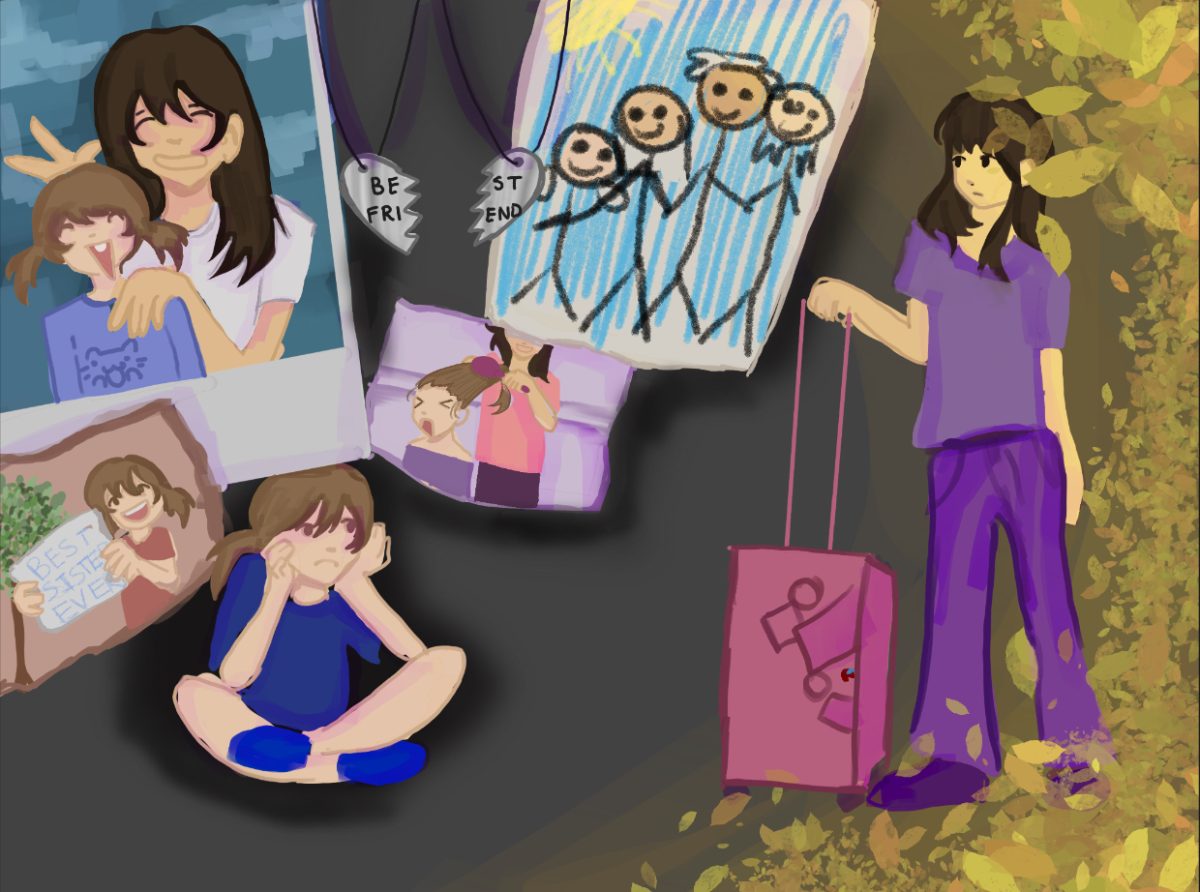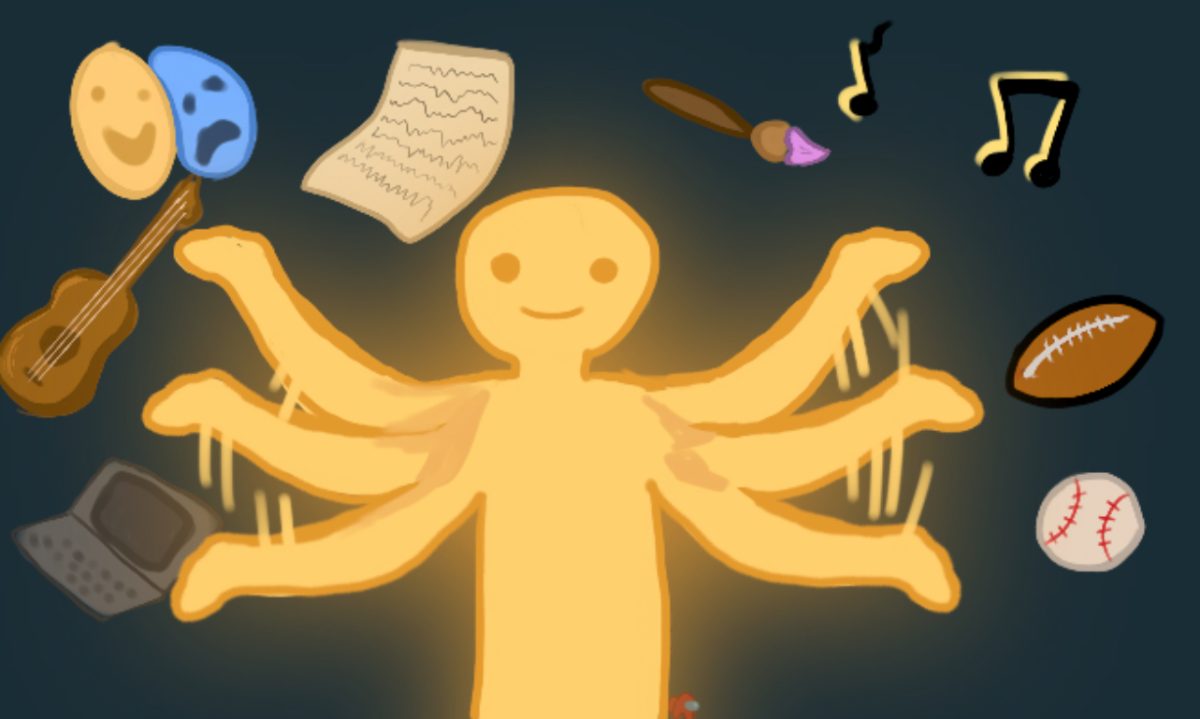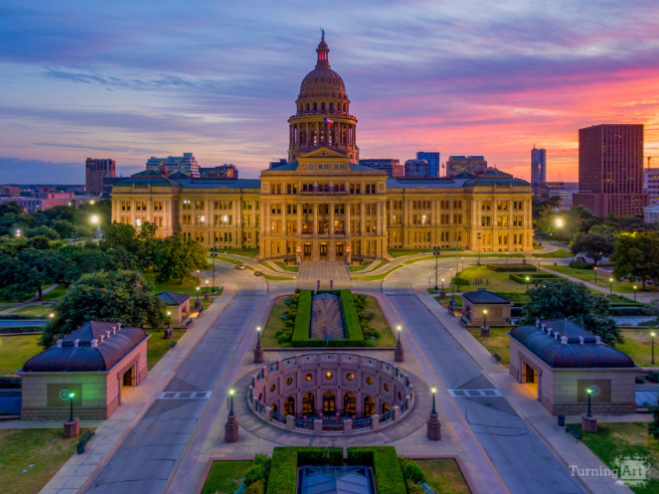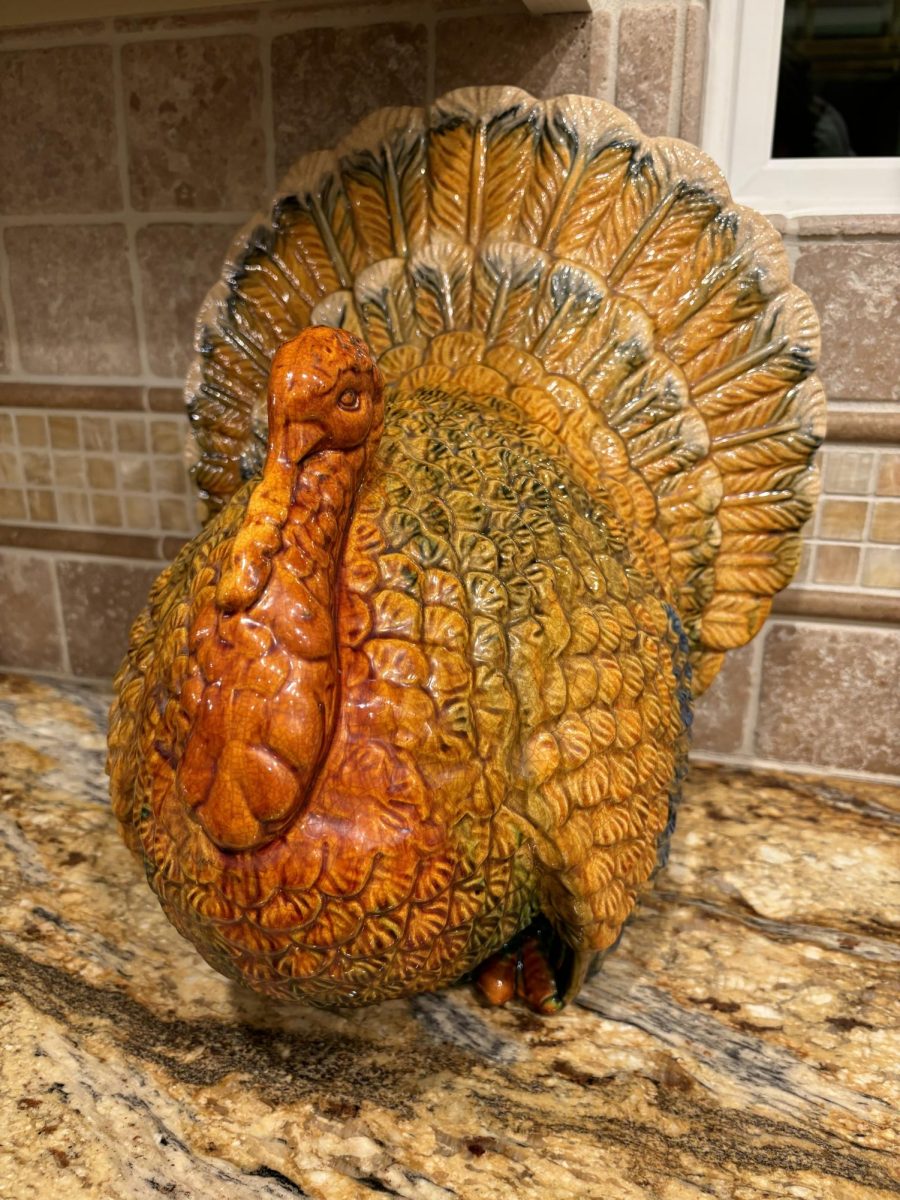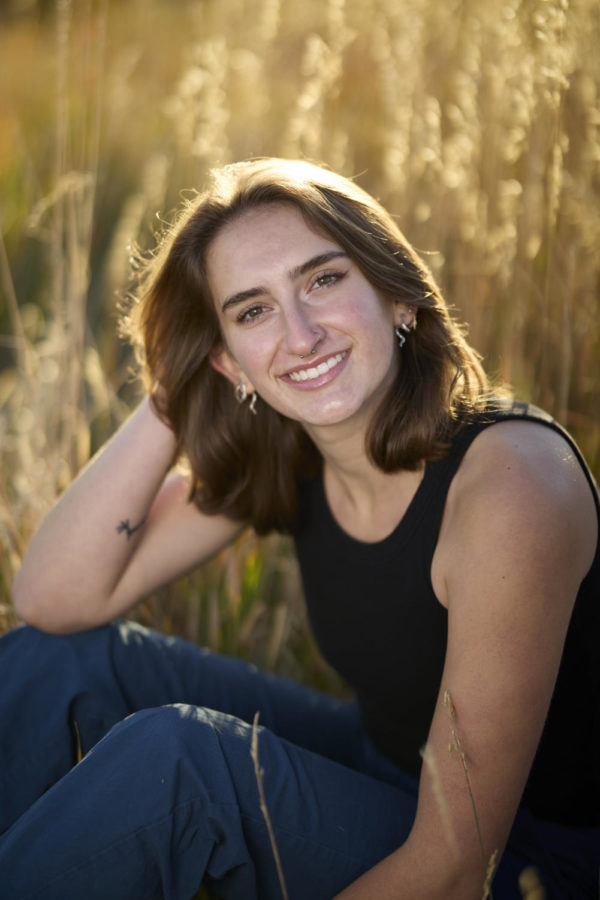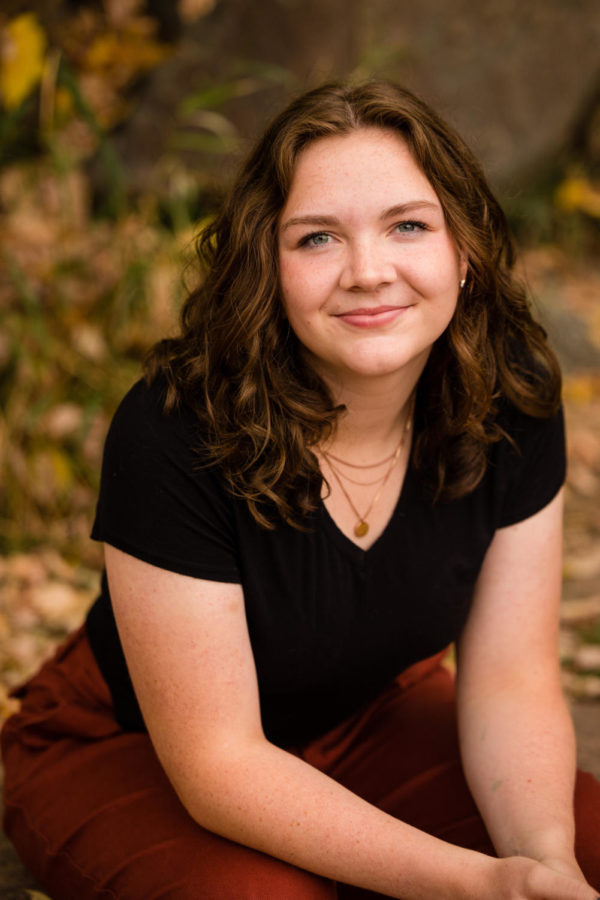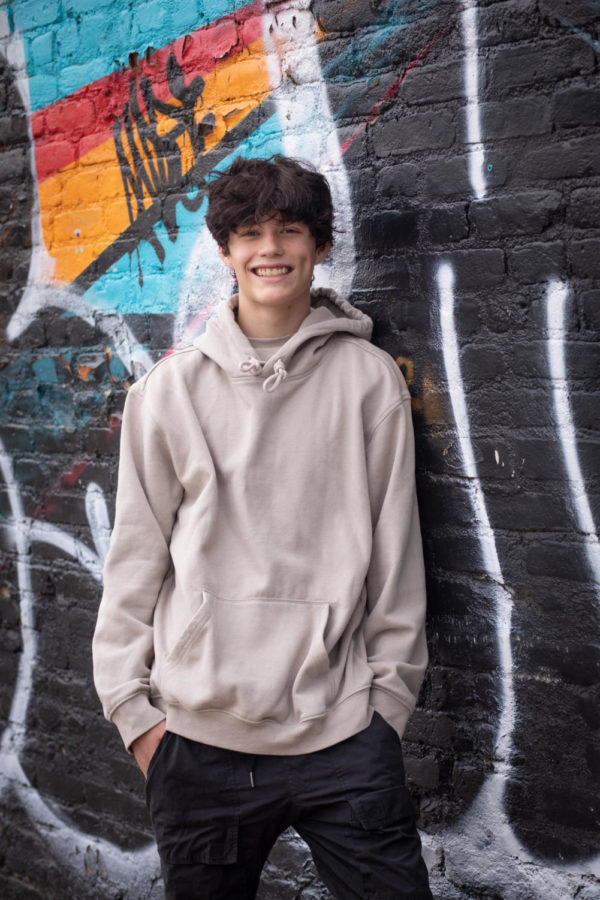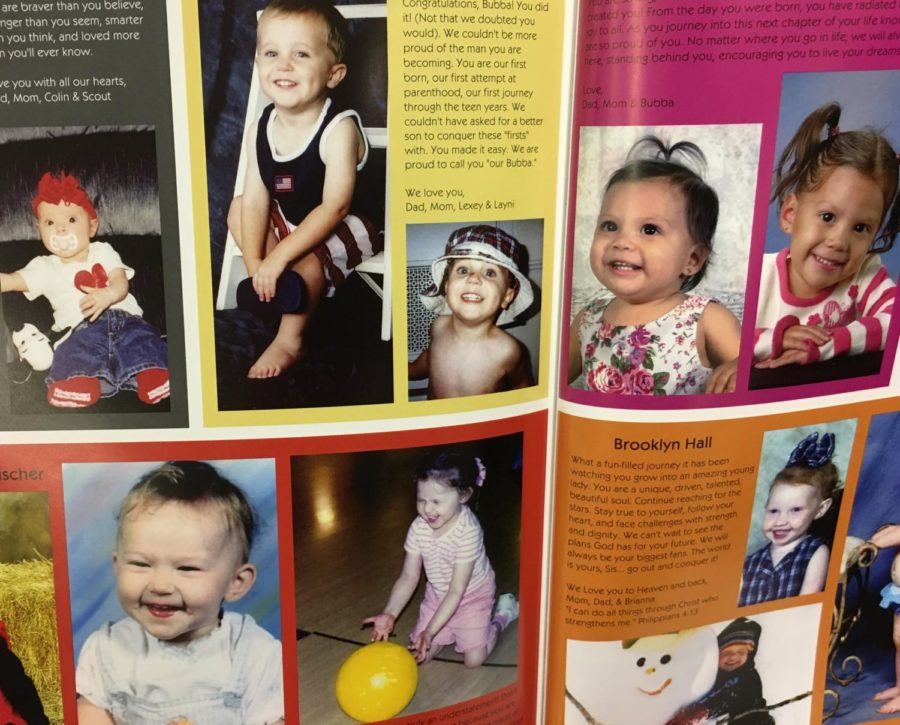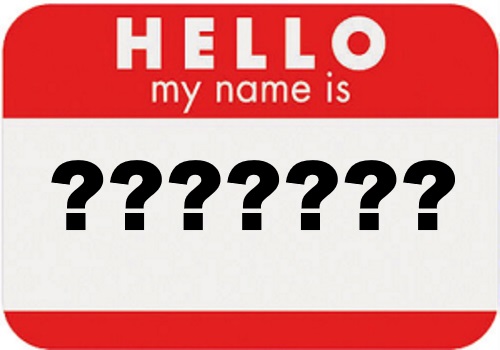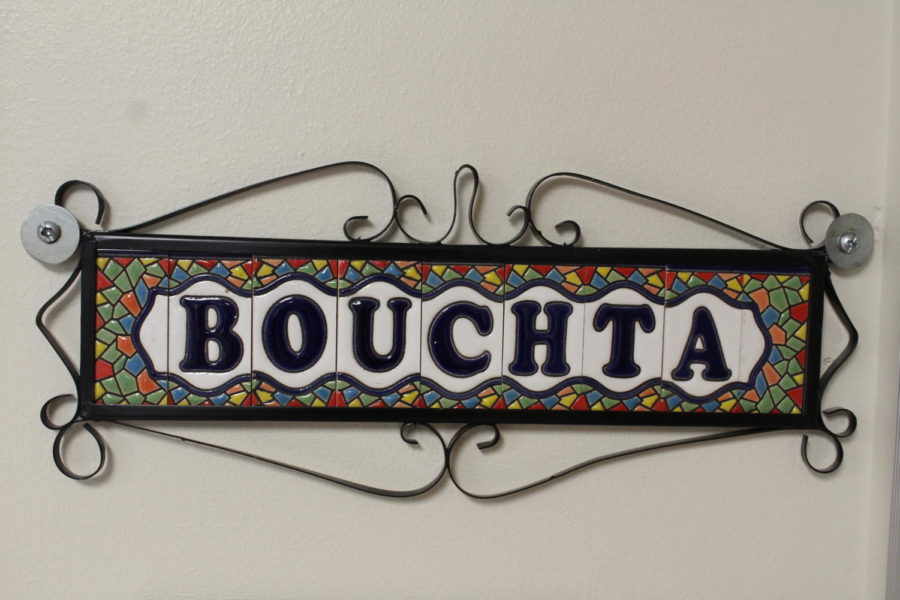Facing facts
Students paint faces black during Dia de los Muertos celebration
Sign outside of Bouchta’s classroom where students sainted their faces black.
The celebration of Día de los Muertos in Redouan Bouchta’s 5th period Spanish class on Nov. 3 at first seemed to be fun and exciting to Zeke Durfee ‘26.
“We had a traditional Día de los Muertos with snacks and drinks,” Durfee said. “[Bouchta] had a table of face paint, and people could just grab whatever they wanted.”
On Día de los Muertos, Mexican families celebrate the past lives of others, especially their loved ones. People sometimes paint sugar skulls, flowers, and other designs onto their faces to honor and celebrate those who have passed. Bouchta arranged for a similar activity in his class.
However, what was intended to be a lighthearted and celebratory lesson took a turn for the worse when a handful of students decided to paint each other’s faces completely black.
“A few kids decided to do blackface, which is not okay,” Durfee said. “They were making jokes about it.”
Not knowing what to do in the situation, Durfee said he and other bystanders sat silently as they watched their classmates laugh and fool around.
Blackface is when white people paint their faces black to mock black people, according to the National Museum of African American History and Culture. This was especially popular in the early 1900s and is regarded as racist behavior today.
“No one said anything, but a lot of people were clearly uncomfortable,” Durfee said.
Carmen Vigil ‘24 also encountered black face painting in her 7th period class.
“There was a group of boys crowding around [a boy whose face was painted black], laughing,” Vigil said. “I feel like if it wasn’t meant to be racist, no one would have been laughing.”
Just as in 5th period, Vigil said bystanders stayed silent.
“No one really said anything about it, even though someone probably should have said something,” Vigil said. “It just got left in silence.”
While the boys who painted their faces were identified by our sources, we are declining to state their names in order to ensure their safety and avoid tarnishing their futures. Both of the boys declined to comment on this story or didn’t respond to our emails. The boys were not suspended for their actions, nor can we confirm that their actions were intended to mock black people.
On Friday after the incident, Bouchta was not in school. School safety advocate Steve Brown and assistant principal Ailey Ruger went to all of Bouchta’s classes to discuss what happened.
“I told them that we are better than what I had seen the day before,” Brown said. “And that when we make decisions, we have to understand the impact they may have on others.”
Brown also told students in the class that they should be able to come to school and feel safe and supported without having to worry about judgment regarding their race, gender, or sexual orientation.
Because of his role as a school safety advocate, Brown is unable to discipline students in any way.
Ruger and other administrators, including principal Mark Sibley, declined to comment on this story, citing they cannot comment on personnel matters.
Randy Barber, the Chief Communications Officer of the Boulder Valley School District also declined to comment
“The Boulder Valley School District practice is to not comment on personnel matters,” he said.
One day with a substitute teacher for Bouchta’s classes turned into a week, which turned into two. Lesson plans were created by other teachers in the world language department, like Max Wuestoff.
“I was asked by the administration [to write lesson plans],” Wuestoff said. “They said that Mr. Bouchta was experiencing some personal problems, and he needed some assistance in his classes.”
Rumors circulated about why Bouchta was gone and if he would return.
“There are people saying that he got suspended, people saying that he’s fired,” Vigil said.
Finally, on Nov. 29, nearly a month after the incident, Bouchta returned to his classroom and spoke to each of his classes.
“It’s my responsibility to create a positive, inclusive, and safe environment here. It’s my job,” Bouchta said.
While Bouchta explained to the classes that he would speak to any curious student about his absence, he declined to speak in detail with us.
“I can’t speak on it right now. But maybe in the future,” Bouchta said.
Durfee believes the incident wasn’t Bouchta’s fault, and that he should not have to deal with the consequences.
“I don’t think he knew what was going on because he’s from Morocco,” Durfee said. “He didn’t understand why it was wrong and just thought they were having fun.”
However, Angel Bush ‘23, felt skeptical and continued to question his actions.
“I don’t know how you can honestly look at [the black face paint] in this day and age and not see that as offensive, or that they’re only joking,” Bush said. “I don’t think [Bouchta] was fully aware of the situation, but he was not willing to be confrontational and willing to stand up to the kid, which is a problem in itself. It’s troubling to see that from teachers.”
While Bush was not in either of the classes where the incidents took place, she is the co-president of the Black Student Union (BSU).
“BSU is a club whose main goal is to unite students of all backgrounds to bring awareness to and take initiative against racism in our world and school through discussion, education, and action,” Bush said.
BSU has taken action previously to assist teachers in making Monarch a more inclusive space for minorities, especially because the school is overwhelmingly white, according to Bush. She said she still feels the impact the incident has had on the community.
“In some ways, you would never expect something like this to happen here because it feels inclusive, but at the same time, there’s no diversity,” Bush said. “Because we don’t have many students of color in the school, it puts a target on your back.”
Finn Thorsland ‘25, who was in the 7th period class and is friends with the boys involved, said it’s time to move on.
“I think everyone’s pretty much forgotten about it now,” Thorsland said. “The couple of black friends that I do have don’t care. The people that I’ve spoken to about it that would have a reason to be mad, don’t care.”
Thorsland believes that because racism is still prominent in society today, student’s should be prepared to witness it in everyday life.
“Because of the world we live in, people are a lot more sensitive to this stuff, and you just have to realize and plan for that,” Thorsland said. “I don’t think it should have been as blown up as it was.”
While Thorsland believes that the Monarch community is educated about the history of black face, Bush feels differently.
“While I do believe history teachers teach lessons surrounding racism that are eye opening, there’s such a lack of diversity at this school that it makes it harder for students to connect to the history of their few diverse peers,” Bush said. “People don’t take it as seriously because they don’t see it in their everyday life.”
Bush says BSU hopes the incident raises awareness of racism that goes on in the community, and the incident serves as a lesson to other students and staff members.
“I hope the administrators and students make note of this and start paying more attention to what goes on behind closed doors,” Bush said.
Despite this incident, Brown says Monarch continues to strive to welcome all types of students, no matter their race or gender.
“When we make decisions, we have to understand the impact they may have on others,” Brown said. “Every kid in this building should be able to feel welcomed, no matter what.”
*Changes were made to this story from the printed version to clarify that Steve Brown is not able to discipline students because of his role as a school safety advocate.

